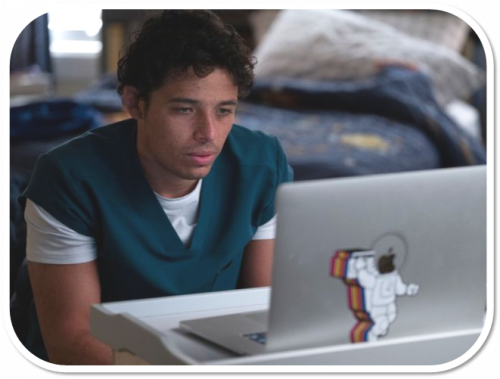Although I have established Covid-19 precautions to get back in the office, I continue to offer teletherapy especially for unvaccinated patients. Despite the superiority of conducting therapy face-to-face, virtual sessions (using computers to connect over the internet with HPAA-compliant encryption) offers an acceptable alternative.
Relating in person is the most effective way to conduct psychotherapy. There’s an energy that you and I can sense only when we’re in the same room. When we’re in the room together, both of us benefit from being able to communicate on multiple levels. There’s what we say and how we say it, of course. Plus, we each pick up on such non-verbal cues as body language, eye contact, hand gestures, facial expressions, posture, gait and coordination, mannerisms, and so on.

Teletherapy: 2nd-Best Option
Before beginning teletherapy, patients sign DTL’s Teletherapy Consent. This form outlines teletmedicine’s potential benefits, risks, and other considerations.
Within the camera’s field of view, video chat can replicate some of the verbal and non- verbal cues available in-person. Even so, video’s effectiveness often is impaired by frozen images, shadowy lighting, silhouetting, loose framing, extreme angles, distorted audio, and dropped connections.









